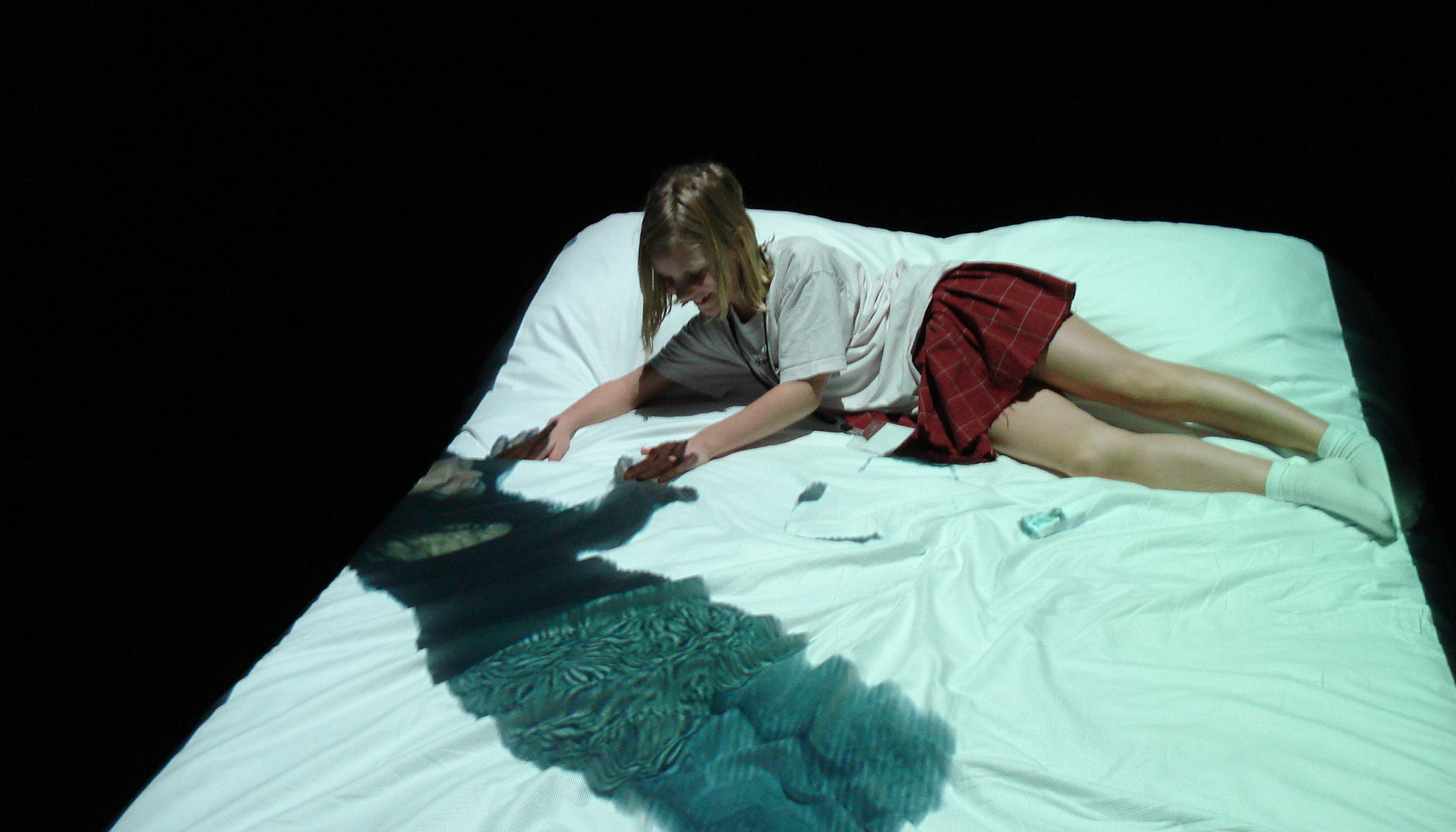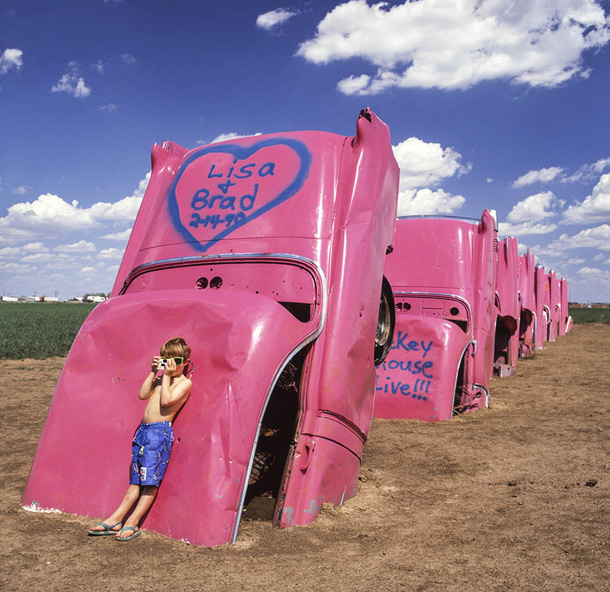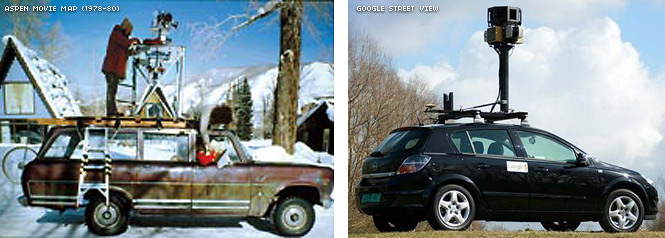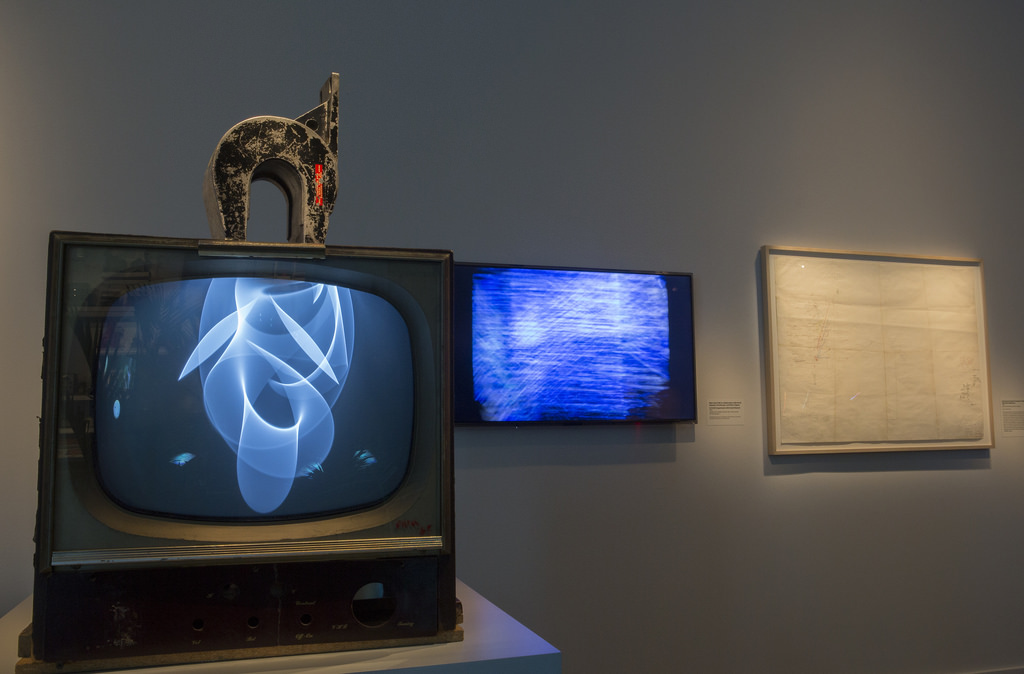“???” was my initial impression when I first watched BOLD3RRR as I did not understand the concept that Jon Cates was trying to portray. After reading Randall Packer’s interview with him, I finally realized this glitch artist and had a new aspect of “dirty new media”.
BOLD3RRR consisted of a frontal view of him in full screen but slightly fuzzy and blurry, a text overlaying programs on screen and a glitchy scape with the strong buzzing. The content seems to be cluttered and all over the place, but there was still some sort of flow. There seems to be a narrative but it is very much non-linear. This narrative way lets me recall “Montage”. These sources seem fragmented, repeated and discordant, but they are connected to one another as assemblages or generated a new meaning. Like Jon Cates mentioned that, glitches are functional or functioning in one way or another systematically, Bold3RRR is a performance art with it as the main focus.
They might be glitched, and they might be imperfect and noisy, and that might be what attracts us or me to those systems. But still they are functional or functioning in one way or another systematically.
When I reviewed this piece again, I especially enjoyed the moment at 6:15-6:20. The screen showed that Jon Cates was using the software normally, but screen suddenly fasted forward with the flashing text in the following 5 seconds. The scene brought me a strong sense of disgusting that seems like someone hacks into your computer and you cannot able to control by your own. Glitch was happened when we have imperfections in the program and it produced results that were unexpected by programmer. While there are many people who would prevent glitch as much as possible, Jon Cates embraced the parts that these imperfections occurs and explored into these glitches which generated unpredictable artwork.

Besides, I found an interview with Jon Cates regarding glitch art and dirty new media. It questioned that glitch aesthetics of thinking could be applied to another aspect in real life that:
It should be extended to considerations about other aspects of our society beyond art, in which we ignore those who don’t fit into our social ideals of perfection and worthiness.
Personally, I think he provided a new reflection for people to encounter those glitches that we always wanted to get rid. Instead, we should enjoy these imperfections, errors and the aberrations. The more you destroy it, the more beautiful it gets. The one way to deal with this problem is embracing them, just like how Jon Cates took advantage of this opportunity to make art.
Actually, glitching can be easily found in variety of forms in real life, including the computer desktop which we use everyday. In Windows XP. As the lag screen render fail causes with the loads of error dialogs, user can drag the window around and it would duplicate itself over and over. Then, you will get a new glitch create space, like the below image.
















 Moreover, I also did a diagram to compare the difference between multimedia and hypermedia. Hypermedia usually refers to “link media” or “interactive media” and could be a software that connects elements(video, plain text or hyperlink) of a computer system, like the following example, Aspen Movie Map.
Moreover, I also did a diagram to compare the difference between multimedia and hypermedia. Hypermedia usually refers to “link media” or “interactive media” and could be a software that connects elements(video, plain text or hyperlink) of a computer system, like the following example, Aspen Movie Map.








